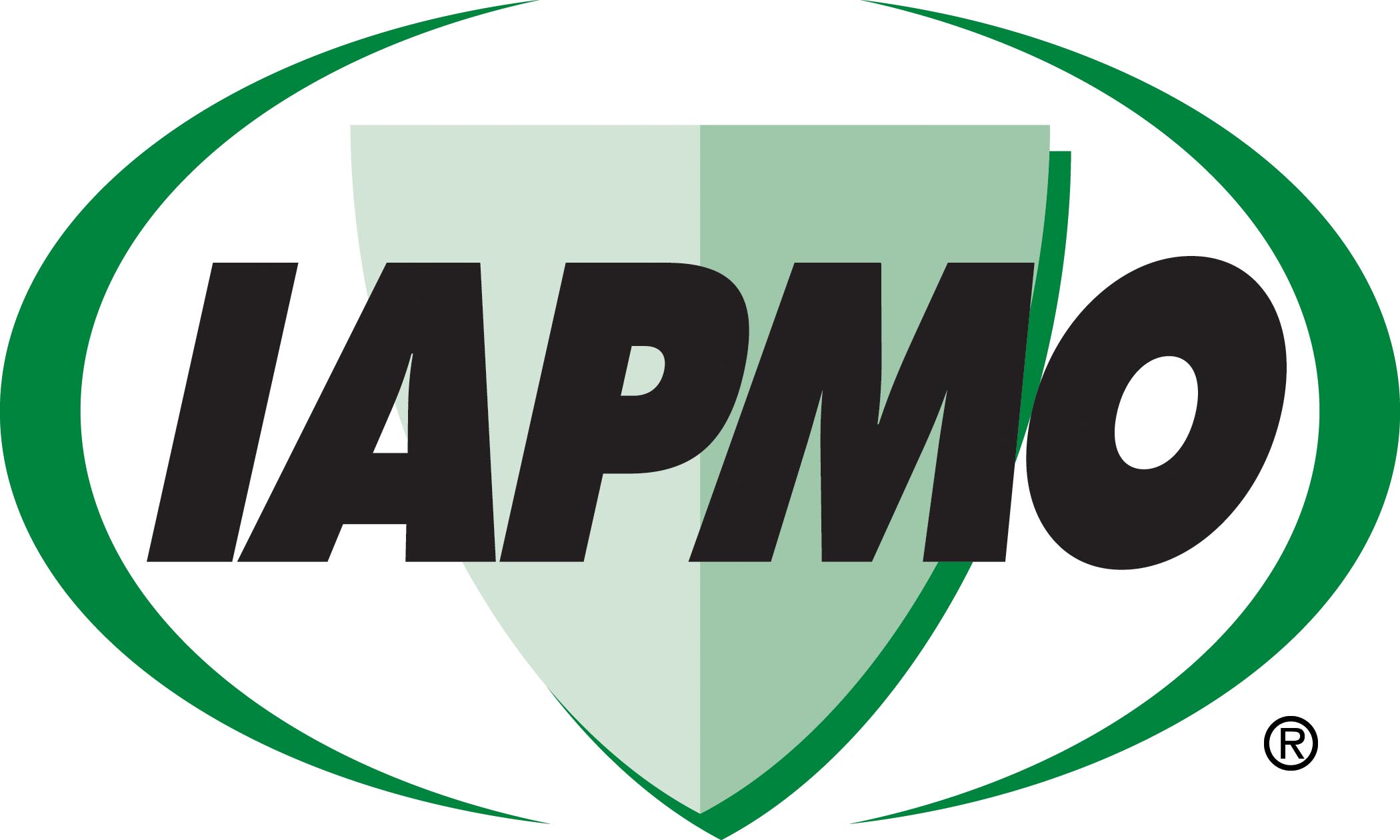November 6, 2025

From the 2024 UPC Illustrated Training Manual, Chapter 8, INDIRECT WASTES
814.5 Point of Discharge. Air-conditioning condensate waste pipes shall connect indirectly to the drainage system through an air gap or air break to trapped and vented receptors, dry wells, mop sinks, leach pits, or the tailpiece of plumbing fixtures. An individual condensate drain shall be trapped in accordance with the appliance manufacturer’s instructions or in accordance with Section 814.4.
The use for this type of equipment may result in outdoor installations located far from a receptor. Therefore, the discharge may drain to a dry well, leach pit or other type of receptor, but only if approved by the AHJ beforehand. This type of discharge may be continuous, depending on the appliance and humidity of the local area. The drain should never discharge to a sidewalk or walkway, which may cause a hazardous condition. With the limitations noted in Section 814.6, air conditioning condensate waste is permitted to connect to any fixture tailpiece.
From the 2024 UMC Illustrated Training Manual, Chapter 4, VENTILATION AIR
402.3 Mechanical Ventilation. Where natural ventilation is not permitted by this section or the building code, mechanical ventilation systems shall be designed, constructed, and installed to provide a method of supply air and either return air or exhaust air, or both, as applicable. Mechanical ventilation systems shall include controls, manual or automatic, that enable the fan system to operate wherever the spaces served are occupied. The system shall be designed to maintain minimum outdoor airflow as required by Section 403.0 under any load conditions.
When natural ventilation is not permitted or not feasible, such as in buildings with fixed windows, mechanical ventilation is to be provided. All occupied spaces in the building (as listed in Table 402.1) are to be provided with continuous ventilation when the occupants are present. For the types of occupancy where the occupants are present only during certain times of day (such as in office buildings), ventilation is to be continuous during working hours. The heating and cooling systems would typically cycle on and off in response to the heating and cooling needs of the building; however, the system controls should be set to force the ventilation to operate continuously while the occupants are present to supply the building with the minimum outdoor ventilation requirements. This should not prevent the entire system (i.e. heating, cooling and ventilation) from completely shutting down during periods of nonuse (off hours), as required by most energy conservation regulations in the country.
(This is not to be considered the official position of IAPMO, nor is it an official interpretation of the Codes.)

IAPMO
IAPMO develops and publishes the Uniform Plumbing Code®,the most widely recognized code of practice used by the plumbing industry worldwide; Uniform Mechanical Code®; Uniform Swimming Pool, Spa and Hot Tub Code®; and Uniform Solar Energy, Hydronics and Geothermal Code™ — the only plumbing, mechanical, solar energy and swimming pool codes designated by ANSI as American National Standards — and the Water Efficiency Standard (WE-Stand)™. IAPMO works with government, contractors, labor force, and manufacturers to produce product standards, technical manuals, personnel certification/educational programs and additional resources in order to meet the ever-evolving demands of the industry in protecting public health and safety.
Last modified: November 6, 2025
